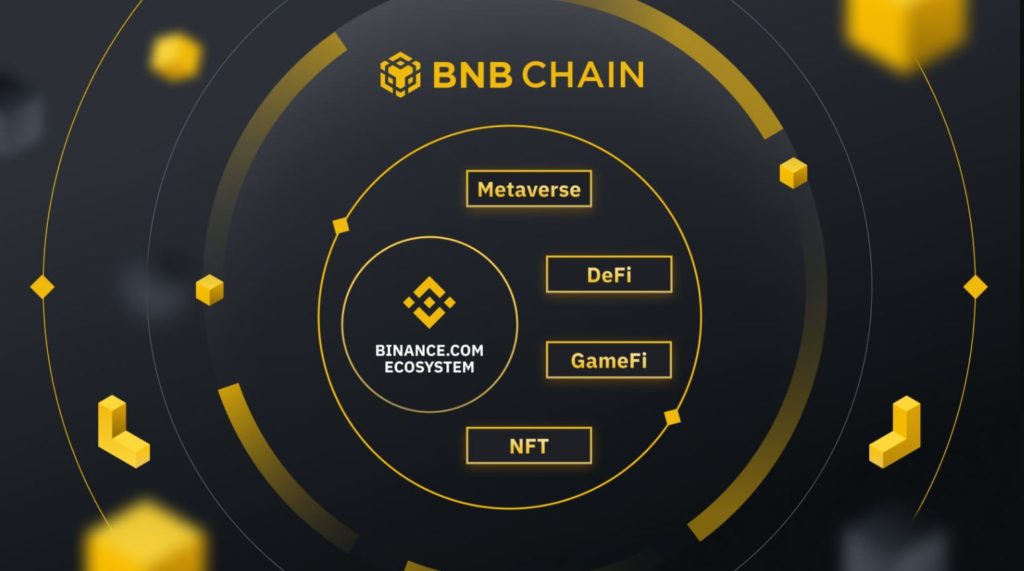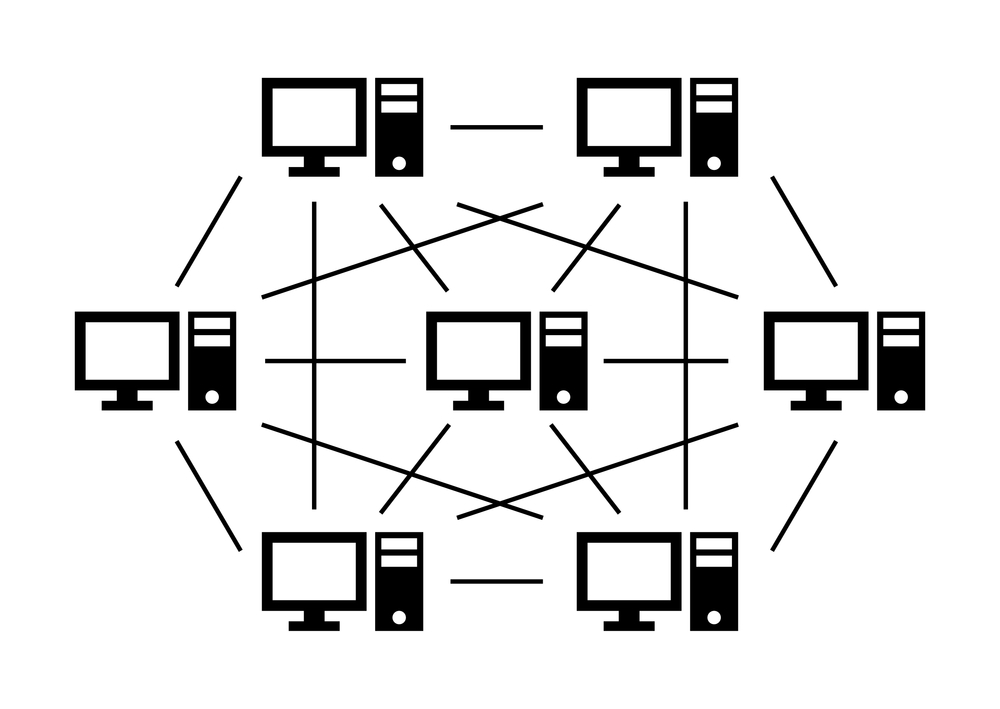As the blockchain industry evolves, new platforms and technologies are emerging to solve the limitations of earlier networks like Ethereum and Bitcoin. One of these promising new entrants is Sui, a high-performance, scalable blockchain designed to power decentralized applications (dApps) and digital assets efficiently. This article provides a comprehensive overview of Sui, exploring its unique features, architecture, use cases, and how it compares to other blockchain platforms.
Introduction to Sui Blockchain
Sui is a next-generation, Layer 1 blockchain platform built with a focus on scalability, low latency, and improved user experience for decentralized applications. It was developed by Mysten Labs, a team of experienced blockchain engineers, including former developers from Facebook’s Libra/Diem project.
Unlike traditional blockchains that rely on proof-of-work or proof-of-stake mechanisms, Sui employs a new consensus approach called Narwhal and Tusk. This novel mechanism allows Sui to process transactions more efficiently, making it an ideal platform for high-throughput applications such as gaming, NFTs, and DeFi solutions.
The Core Features of Sui Blockchain
To understand Sui’s potential, it’s essential to look at its core features and how they differentiate it from other blockchain platforms:
- Horizontal Scalability: Sui is designed to scale horizontally. This means that as more nodes are added to the network, its capacity to handle transactions increases. This is in contrast to most blockchains, where adding nodes does not necessarily increase throughput.
- Object-Centric Data Model: Sui’s unique object-centric data model allows it to handle assets and accounts in a much more efficient manner. Instead of a traditional account-based model used by Ethereum, Sui’s design is based on an object structure where assets are represented as individual objects. This approach enables parallel transaction processing, reducing bottlenecks and enhancing performance.
- Instant Finality: Sui is designed for low latency and high speed. It can achieve instant finality for transactions, meaning once a transaction is confirmed, it cannot be reversed. This is particularly useful for use cases like gaming and real-time applications where speed is crucial.
- Narwhal and Tusk Consensus: The unique consensus mechanism, Narwhal and Tusk, separates the tasks of transaction ordering and data availability, reducing the consensus overhead and improving network efficiency.
- Developer-Friendly Environment: Sui uses Move, a programming language specifically designed for blockchain development. Move allows developers to create robust and secure smart contracts with ease, making it more straightforward to build dApps on the Sui platform.
How Sui Blockchain Works: A Technical Overview
The Sui blockchain is structured in a way that optimizes performance and scalability. Its architecture is based on three primary components:
- Sui Nodes: Sui nodes are responsible for storing the state of all objects and processing transactions. These nodes maintain the global state of the Sui blockchain and participate in the consensus process.
- Transaction Execution: In Sui, transactions are processed in parallel, thanks to its object-centric data model. This allows multiple transactions to be executed simultaneously without conflicts, making it highly scalable compared to traditional blockchains.
- Narwhal and Tusk Consensus Protocol: The consensus protocol used by Sui is a two-step process. Narwhal handles the data availability and ordering, while Tusk finalizes the transaction order. This separation ensures that Sui can achieve higher throughput and lower latency.
Sui vs. Other Blockchains: A Comparison
Sui is often compared to other Layer 1 blockchain platforms such as Ethereum, Solana, and Avalanche due to its high throughput and innovative consensus model. Here’s a quick comparison to highlight its strengths:
- Performance: Sui’s ability to process transactions in parallel gives it a significant edge over Ethereum and Solana, which rely on single-threaded transaction processing. This parallelism enables Sui to handle thousands of transactions per second.
- Transaction Fees: Sui aims to keep transaction fees low and predictable, unlike Ethereum, where gas fees can spike during network congestion. This makes Sui more accessible for developers and users looking to deploy and interact with dApps.
- Development Ecosystem: Sui uses the Move programming language, which was initially developed by Facebook for its Libra project. Move is more secure and efficient for blockchain development compared to Ethereum’s Solidity, reducing the likelihood of smart contract vulnerabilities.
- Consensus Mechanism: The unique Narwhal and Tusk consensus mechanism ensures higher efficiency and lower latency, making Sui one of the fastest blockchains currently in development.
Potential Use Cases for Sui Blockchain
Sui’s features and architecture make it suitable for a variety of use cases, particularly in areas that require high throughput and low latency. Here are some potential applications:
- Gaming: The gaming industry can benefit significantly from Sui’s instant finality and high transaction speeds. In-game assets like NFTs can be traded and used seamlessly, providing a better experience for gamers.
- Decentralized Finance (DeFi): DeFi platforms can leverage Sui’s scalability and low fees to offer a more accessible and user-friendly experience. Sui’s design allows for the creation of complex DeFi protocols without the performance bottlenecks seen on other blockchains.
- NFT Marketplaces: Sui’s object-centric data model is ideal for handling digital assets like NFTs. With Sui, NFT platforms can offer faster minting, trading, and transferring of digital assets with minimal costs.
- Real-Time Applications: With its high throughput and low latency, Sui is perfect for real-time applications such as chat apps, social media platforms, and streaming services.
Challenges and Future Prospects of Sui
Despite its numerous advantages, Sui faces some challenges. The blockchain space is highly competitive, with many established platforms like Ethereum, Solana, and Binance Smart Chain vying for market share. Additionally, Sui needs to build a strong developer community and gain widespread adoption to realize its full potential.
However, Sui’s unique technical approach and focus on scalability and user experience give it a promising future. As it continues to evolve, Sui could become a key player in the next generation of blockchain platforms.
Conclusion
Sui represents a bold new vision for the blockchain industry. With its high-performance architecture, innovative consensus mechanism, and developer-friendly environment, Sui is poised to tackle the scalability issues that have long plagued other blockchains. Whether you’re a developer looking to build decentralized applications or an investor seeking new opportunities in the blockchain space, Sui is a platform worth keeping an eye on as it develops and grows.





